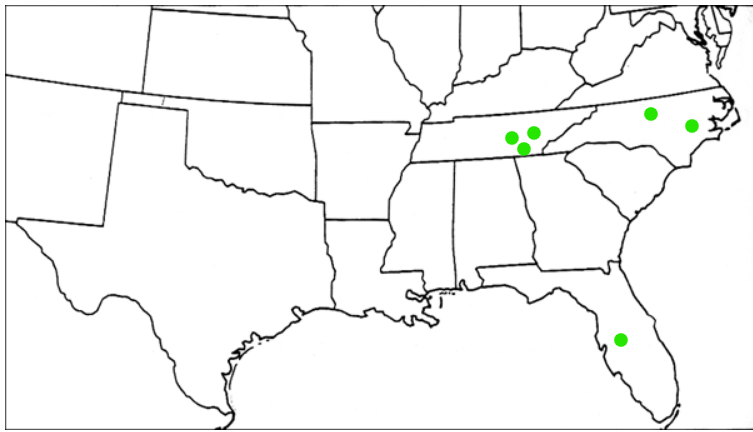The following criteria are used to identify undervalued properties for acquisition, value optimizations, management and disposition.
Acquisitions
Acquisition Criteria
Market Segments
- Age: The 25-35 year old market segment as well as the Baby Boomer segment each represent roughly 22% of the U.S. population focused on renting
- Income: Renters who earn $45,000 or more annually
- Price: Where rent is 30% or less of the median income
- Demand: In high job and population growth markets
- Affordability: Where our threshold analysis ensures tenants can afford rents in the market
Property Criteria
- Multifamily residential apartments with pitched roof construction preferred
- Occupancy above 80% with the exception of properties that require renovation, providing properties are well located and present value-add opportunities
- City Sewer and Water with tenant paid or ability to transition to tenant paid utilities
- Self-Storage facilities that are mismanaged and underperforming
- Occupancy between 30% to 55% for repositioning and present value-add opportunities
- Properties with additional land to expand operations
Target Values
- Size and Price: Between 50 and 150 multifamily units in the $300,000 – $20MM range
- Size and Price: Between 100 and 600 self-storage units in the $300,000 – $3MM range
- Returns: 6-12% Cash on Cash, Minimum Debt Service Coverage ratio of 1.25
- Type: B to C+ properties located in B+ to A areas
- Property Vintage: 1986 or newer
- Location: Stabilized and emerging market areas with indicators for strong near and long-term economic growth
Target Markets
- North Carolina – Raleigh/Durham, Charlotte, Wilmington
- Tennessee – Chattanooga, Murfreesboro, Nashville, Knoxville
- Florida – Tampa MSA ,Orlando MSA and secondary markets
- Virginia – Richmond MSA, Central VA and secondary markets

Acquisition Practices
Alliance Property Holdings takes pride in building relationships with local commercial listing brokers to get their “pocket listings” and access to other Bank Owned Properties (REO). Our searches include soliciting owners directly instead of waiting for properties to come to market.
Each asset undergoes a thorough due diligence process to confirm the physical and legal status of the property and to confirm valuations to ensure achievable investment strategies. Early in the asset evaluation phase, the debt and equity financing strategy are developed based on a number of factors such as property type, magnitude of renovations, expected hold period and investor objectives.
Prior to entering into any transaction, we stress test potential investments to ensure that they can withstand changing market conditions and we strictly avoid over-leveraging our assets. In addition to stress testing, we primarily invest in assets that can be improved, called “value-add” investing. Value-add investing ensures that we can create equity and force appreciation, allowing for a greater margin of safety and also greater profits for each investment.
Value-Add Strategy
Think of it as a business rather than a complex. The more income it generates, the more it is worth. When we purchase a complex, we are looking for specific opportunities to increase the cashflow in different areas. These are called “Value Plays” or “Value Adding Components”. We work closely with our property management company to ensure that we provide quality services to our tenants at a price that provides a good return for our investors.
Value plays we capitalize on
- Mismanagement cause by owner self-managing
- Poor supervision of management companies
- Deferred maintenance
- High vacancies
- Below market rents
